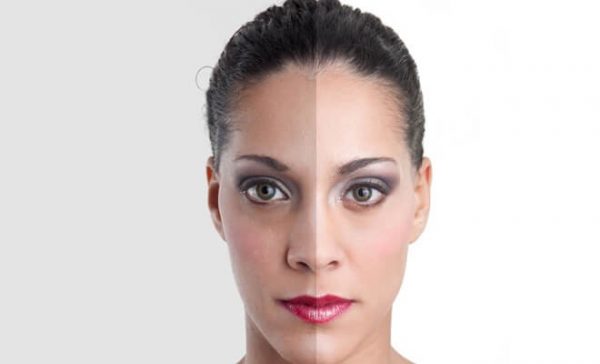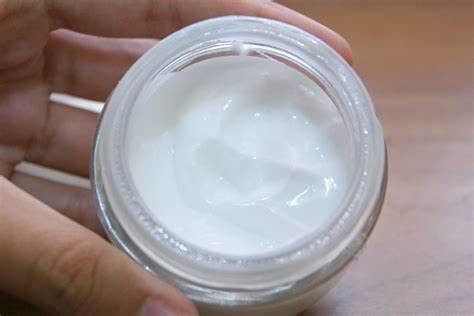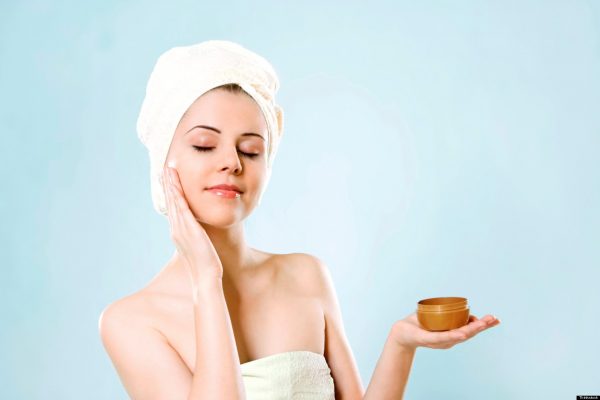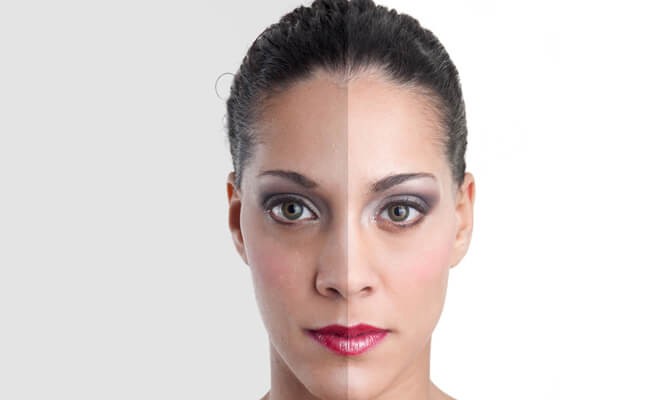
Beautiful and well-nursed skin is the basis of beauty. Since these standards have changed frequently throughout history, there have been times when aristocratic pale complexion was an absolute must-have. During this period, bleaching products experienced a vast expansion.
Fade creams are still popular today because they have proven to be an excellent ally in the fight against hyperpigmentation, scars, and uneven complexion. Epidermis discoloration occurs due to the influence of various factors, both external and genetic. Aging also has a significant impact on the skin.
Prevention and proper care are paramount in preventing skin disorders. But these can occur, even with the best care you provide. If it comes to hyperpigmentation, the solution can be found in the form of the best fade cream you can find on the market.
How Fade Creams Work
Whitening products work by focusing on the hyperpigmentation that occurs because of the inflammation processes. There are various forms of this disorder (it cannot be called a disease), and they all have the same cause – increased production of melanin.
Fading products are especially popular in women with acne scar problems. After the acne has receded, usually a stain left in the middle of excess pigment. In these cases, bleaching preparations are beneficial. They can also be used to treat age spots, as well as hyperpigmentation resulting from excessive sun exposure.
Ingredients in Fade Creams

What makes fade creams effective, but also potentially unsafe to use, are the ingredients they contain. Hydroquinone has long been a significant compound in all bleaching products, but many cosmetic brands have widely discarded it.
Although effective, the global use of this ingredient has raised concerns about the safety of using hydroquinone based products. Although not strictly proven to be dangerous, it may be better to avoid creams with this ingredient. Luckily, the cosmetic industry came up with many equally beneficial alternatives.
Vitamin C has long been recommended for bleaching because it contains a large number of antioxidants and reduces the formation of melanin. Also, vitamin B3, or its active form niacinamide, can be a decisive ally in the fight for clean and healthy skin. These products are especially suitable for people with mixed and oily skin because they are insoluble in oil.
Another popular ingredient in complexion whitening is glycolic acid. It acts as a chemical exfoliator and stimulates cell regeneration from the inner layers. It’s highly effective, even at low concentrations. Cosmetic brands usually apply it in combination with other ingredients that ‘pave the way’ to the epidermis.
How To Protect Yourself From Complications
Although very useful and applicable, fade creams are not completely harmless, especially when used without measure. Excessive application of bleaching products will not produce a better result. On the contrary, the current situation can even get worse. Therefore, you’ll need to be extremely cautious when using these products.
Read the Labels

A good fade cream may work in your favor, but its composition must be appropriate. Still, it’s no secret that whitening products sometimes contain aggressive ingredients. Considering the purpose of these creams, they need micro-abrasive components that will ‘break’ the accumulated melanin at the molecular level.
Each manufacturer is obliged to highlight the composition of their products, especially if contain some questionable ingredients like hydroquinone, mercury, and arsenic. It is the responsibility of customers to read these labels and become familiar with the components and their effect on the skin.
For example, some fade creams may contain steroids. Corticosteroid-based topical creams are an excellent treatment of skin diseases, and steroids can be highly beneficial n treating discoloration. However, they have a positive effect in just a few days of administration.
After prolonged use, steroid topical cream can cause thinning of the epidermis. It further makes the epidermis suitable for the occurrence of various infections and the appearance of pimples. Besides, the body may have problems healing the wounds.
Intensify Skin Care

While the whitening treatment is ongoing, you will need to step up skincare and protection. Make sure to do that, especially if you spend a lot of time in the sun. The epidermis needs extra hydration to maintain its function, but also to make the fade creams work better.
Tips on how to keep the epidermis hydrated, check on the following page:
https://www.cosmopolitan.com/style-beauty/beauty/g2739308/how-to-hydrate-skin/
In terms of care, it is essential that the surface is clean and that you regularly provide it with enough moisture and nutrients on a daily basis. You must remove excess dead cells that result from reducing hyperpigmented areas. Don’t skip exfoliation and apply a suitable moisturizer. This way, you’ll prevent the epidermis from becoming excessively dry and damaged.
Check Skin Type
Not all types will react equally to all preparations, so it is essential to check which whitening cream is best for your skin. Its effectiveness will depend primarily on how much natural oils your epidermis contains and whether it’s hydrated or not.
People with normal skin have the widest choice of fade creams. Those with dry skin have to choose whitening creams that don’t contain ingredients that dehydrate the skin even more, such as steroids. People with oily skin will avoid creams containing too much oil or moisturizing ingredients.
Skin problems can significantly affect a person’s confidence. The use of the right products is necessary, but you must ensure they’re correctly applied. If you have any dilemmas, seek advice from a dermatologist or professional cosmetician. Don’t run the risk of ignorance to endanger your health.











Trackbacks/Pingbacks